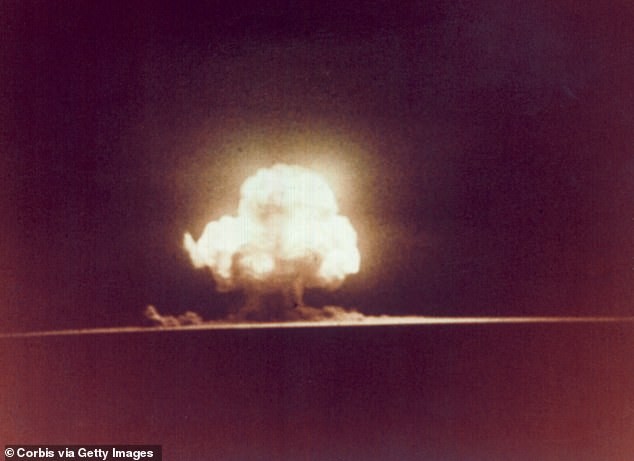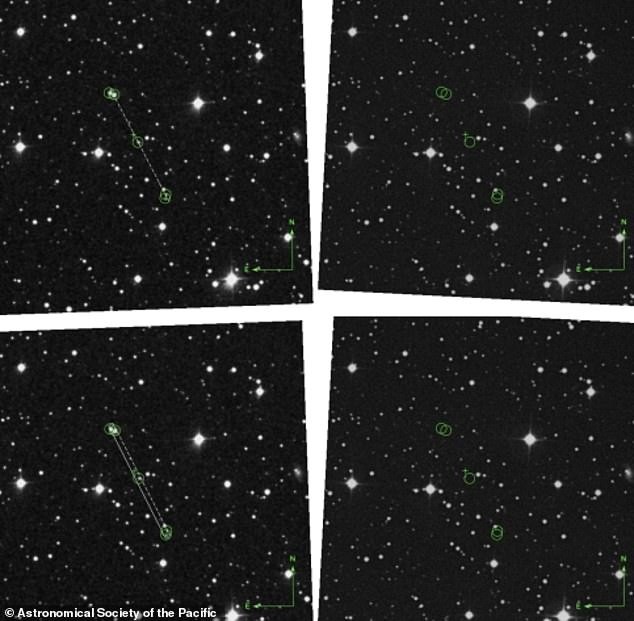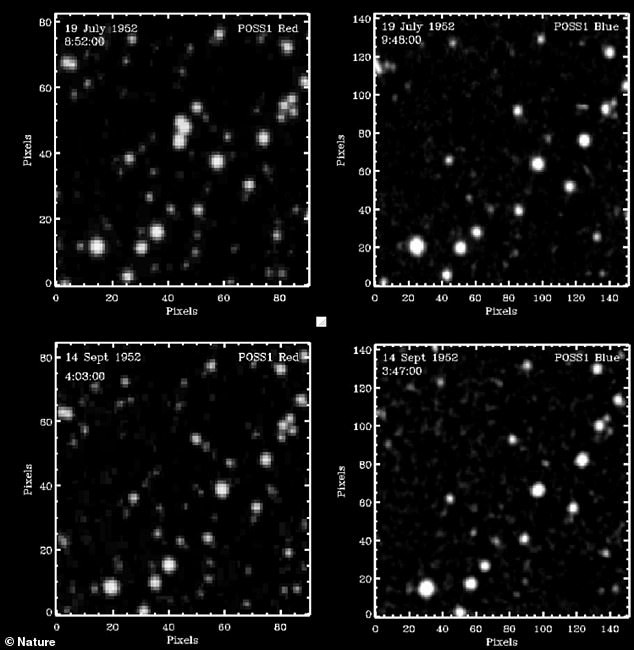Watcher from the Sky: Peer-Reviewed Evidence of Non-Human Intelligence Near Nuclear Tests
Thousands of bright, star-like 'transients' appeared in old sky-survey photographs during the world’s first nuclear tests between 1949 and 1957. A peer-reviewed study published in Scientific Reports claims these transients were not random; they were highly reflective—like mirrors—and even appeared to spin, as if objects were hovering in orbit before humans sent any satellites. The researchers say this work is a rare instance of scientific validation in a field—unidentified anomalous phenomena (UAPs)—often dismissed by scientists.

In This Article:
What the Researchers Found: The Temporal Link Between Tests and Transients
Researchers studied 124 above-ground nuclear tests by the United States, United Kingdom, and Soviet Union. They analyzed photos from the Palomar Observatory Sky Survey in California. They counted over 100,000 transients overall, with about 35,000 in the Northern Hemisphere alone. They found that around 60 artificial transients were present on days with nuclear testing, and about 40 on days with only one event. Sightings were 8.5 percent higher on days with tests, and transients tended to appear the day after a test.

Nature or Nonsense? The Shape, Reflectivity and Timing of the Transients
Villarroel describes the transients as not natural, saying they were flat and highly reflective like mirrors, and even spinning like a flying saucer. The photos show objects that appeared briefly and vanished, captured before humans launched any space devices. Crucially, transients were more likely to be seen overhead before or after a nuclear test, challenging explanations that they are simple clouds or streaks from an explosion.

Peer-Review Milestone and The Larger Question
The study was published after peer review, a milestone for a field where many UAP papers are dismissed. Beatriz Villarroel says she cannot exclude other explanations, but "From what I see, I cannot find any other consistent explanation than that we are looking at something artificial." Investigative journalist Ross Coulthart has described the finding as potentially “the first scientific evidence of non-human intelligence.” The era of the study—early Cold War—provides context for why observers might have been astonished by such sightings.

Context, Caution, and the Broader Debate
Beyond this study, other materials amplify the discussion: newly released CIA documents reportedly describe a secret program that established communications with UFOs in 1959, though the FBI has labeled the pages as fakes. The Roswell crash remains a cultural touchstone in ongoing speculation. The researchers acknowledge we may never know the current status of these objects; if they were built by non-human intelligence, they could still be circling Earth. The findings prompt a reevaluation of the dawn of the space age and the Cold War’s hidden curiosity about what watches us from above.

